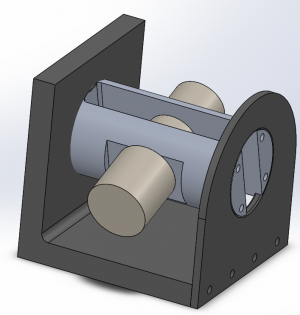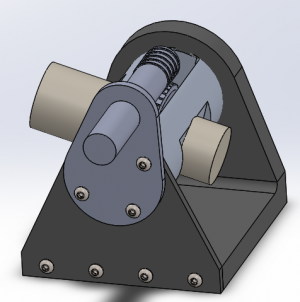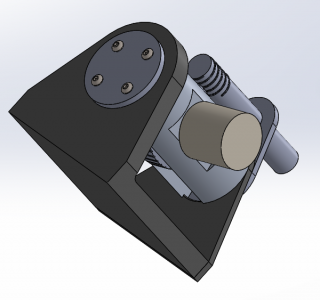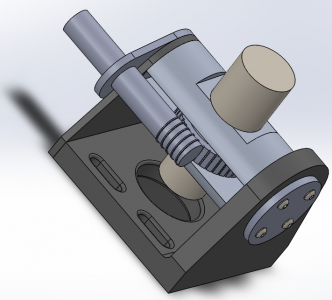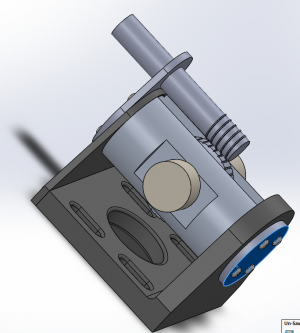So that begs the question of whether the spindle should be threaded at all. If left raw, how would the front indexing plate (or, should we call it the Quick Indexing Plate) be attached?
I'm starting to think that the 1.5" CRS that I made the spindle I have from is not appropriate for this project. While I could drill it for a roll pin to indicate the rotary position of a Quick Indexing Plate, there would be no shoulder for it to indicate against. If I switched to a 2" round, then I could make it match the spindle on my Atlas, including the MT3 taper on the inside. That would give me the flexibility to use all my tooling, since my mill is also MT3. For other members, I'd leave it raw to do that part as they see fit, but there still wouldn't be room for a 5C draw bar would there?
I would thread it. Find a common thread for this size chuck. But I also wouldn't mind if the part came to me with just a mount for the indexing plate. It's not a big deal to chuck it up and make it match whatever I want it to. Swearing at the 4-jaw and blaming the indicator is part of the experience.
The only MT3 tooling I have is for the lathe tailstock, so I'm not sure how useful it would be for me, but I know there are collets and such. If you use a 2" round, I would probably cut an R8 taper in there for the same reason you mention MT3, my mill has R8 tooling that might be useful in there. All of them would need a draw bar, so it would need some space on the other end to mount one if you want to go that way.


